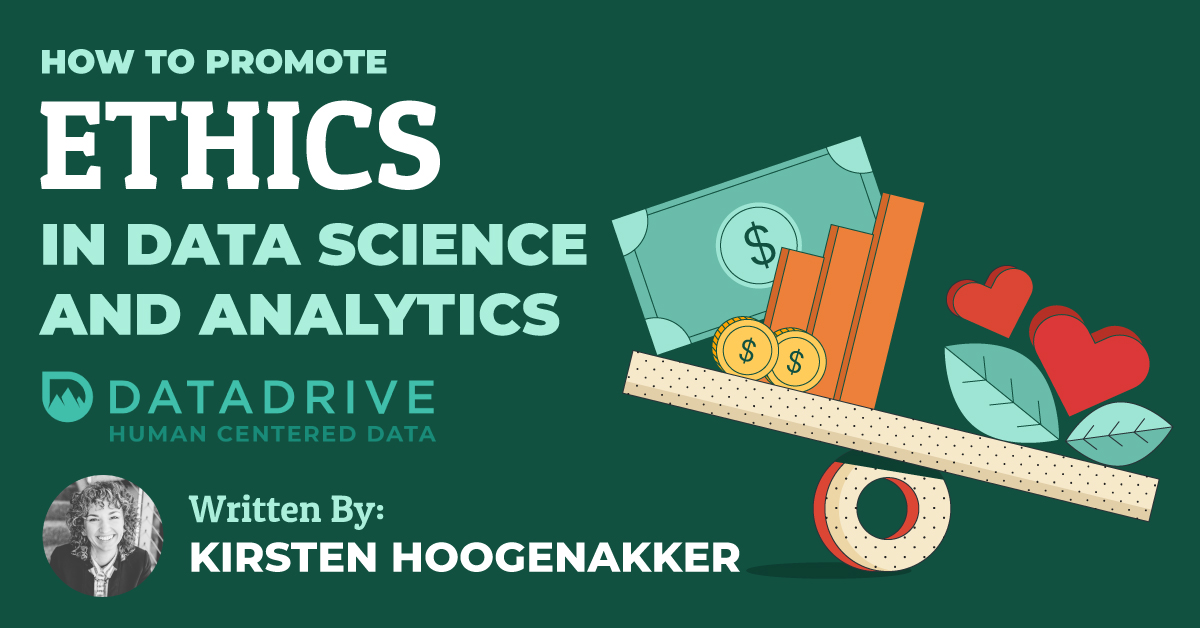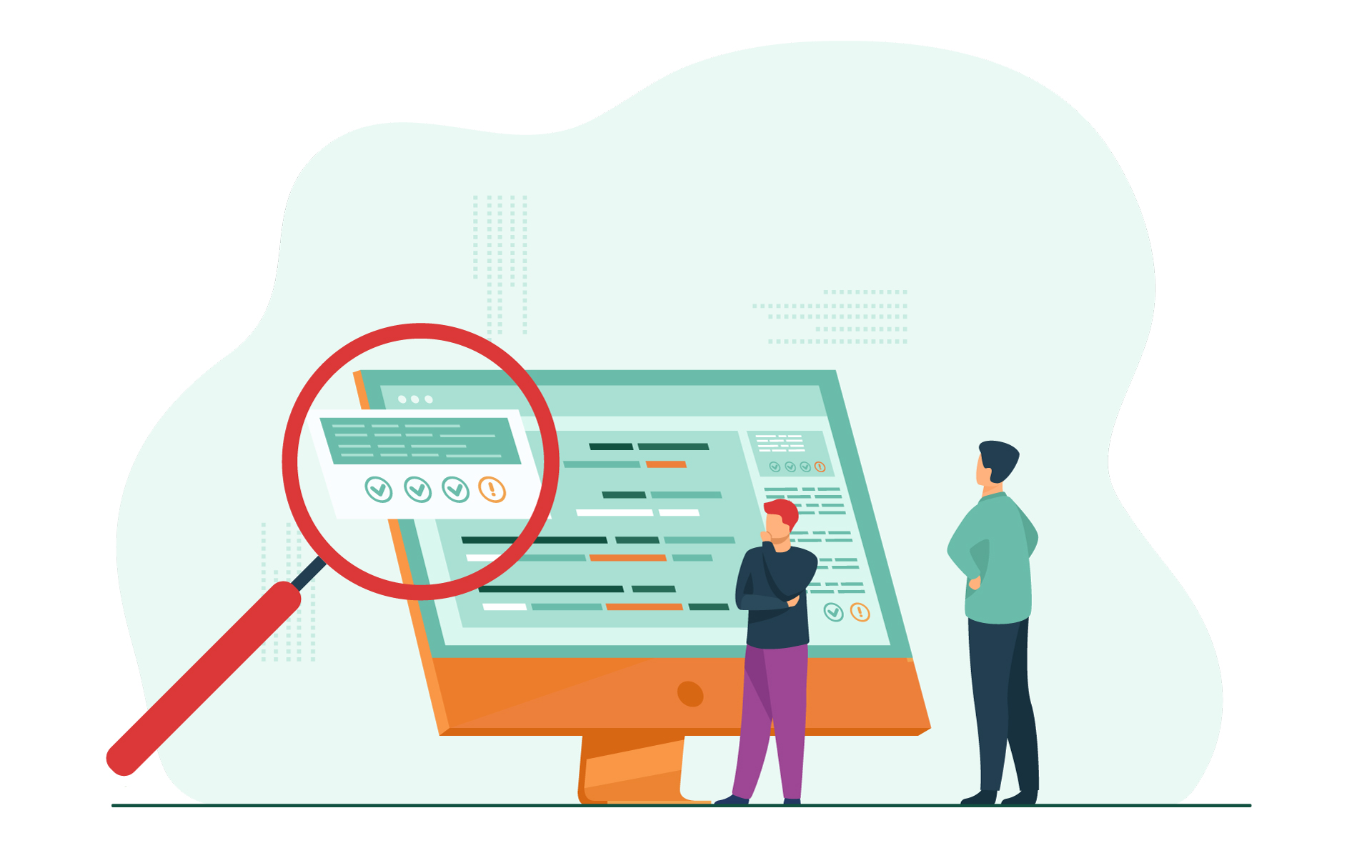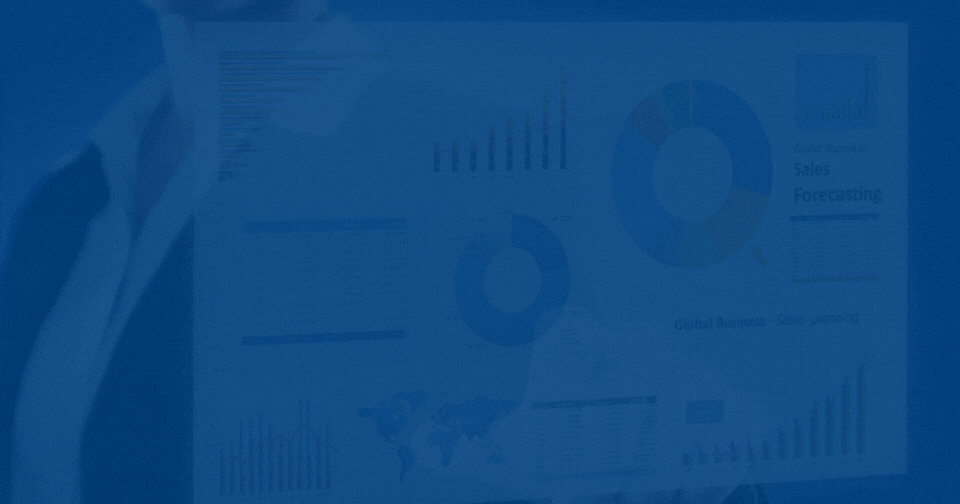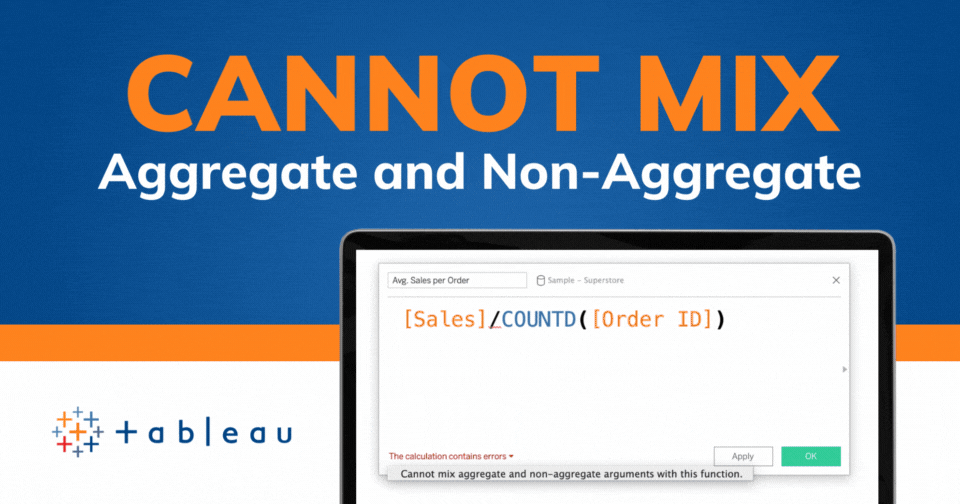Tableau Conference 2025 | Know Before You Go
If you’re a data enthusiast, analytics professional, or just someone curious about Tableau’s latest innovations, the Tableau Conference 2025 is your...

Data science and analytics fall in an exciting intersection of math and science. The pattern recognition, heavy statistics, and calculus of a machine learning algorithm interpreted through a tidy process of iteration with steps for a final output is something I find incredibly cool. All of this comes with an important responsibility to balance hard science and mathematics and examine them through an ethical lens. There is an assumption in the hard sciences that math is the pinnacle of unbiased research and that it leaves no room for integrating ethics. This line of thought concludes algorithms are the ultimate truth and that there shall be no arguing with the numbers.
But what happens when the numbers are biased? When they are only telling half-truths? How can this be diagnosed and mitigated? Data scientists and analysts are usually brave and keen enough to sift through these questions when they build models, and as I work to navigate these questions myself I wanted to provide a couple of additional ethics tools in the data science and analytics toolbox.

There are plenty of resources discussing why data science should use an ethical lens when approaching machine learning and artificial intelligence. The Data Science and Engineering team at DataDrive just finished reading Weapons of Math Destruction for our quarterly book club and it laid out a lot of the issues with algorithms we encounter on a daily basis. In the book, O’Neill brushes broad strokes on how to mitigate Weapons of Math Destruction but doesn’t expand on how to establish a daily practice of increasing awareness of ethics in data.
Hopefully, after reading through the following checklist to promote ethical data science, you will be able to look beyond the logic of math as a universal truth and diagnose harmful ethical dilemmas in algorithms and models. More importantly, you’ll have some additional tools to fight back against Weapons of Math Destruction to foster a better world in technology.

Here are four ways to decrease bias in your data algorithms (Thank you, Cathy O’Neil!)

These are just a handful of ways we can increase our impact on the data we are putting out into the world to make it more robust, trustworthy, and meaningful. After all, an algorithm is only as good as the people writing its code. These simple steps will help create a community around an ethical data science practice while promoting a better system for analysis.
-2.gif)
If you’re a data enthusiast, analytics professional, or just someone curious about Tableau’s latest innovations, the Tableau Conference 2025 is your...

Tableau Plus is the new premium offering from Tableau, a leading data visualization and business intelligence platform. It builds upon the...

If you've spent any time working with Tableau, you've likely encountered the dreaded "Cannot Mix Aggregate and Non-Aggregate Arguments" error. It's a...